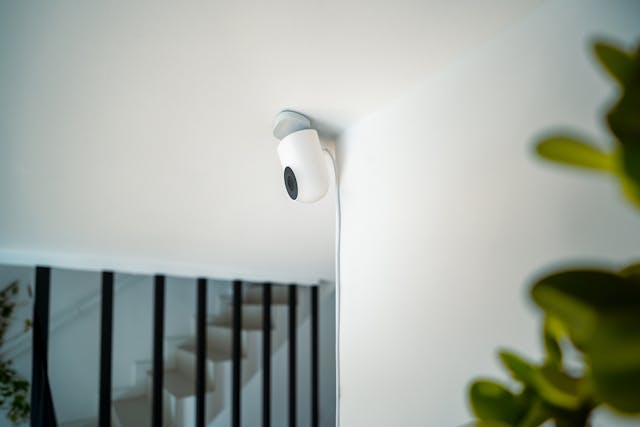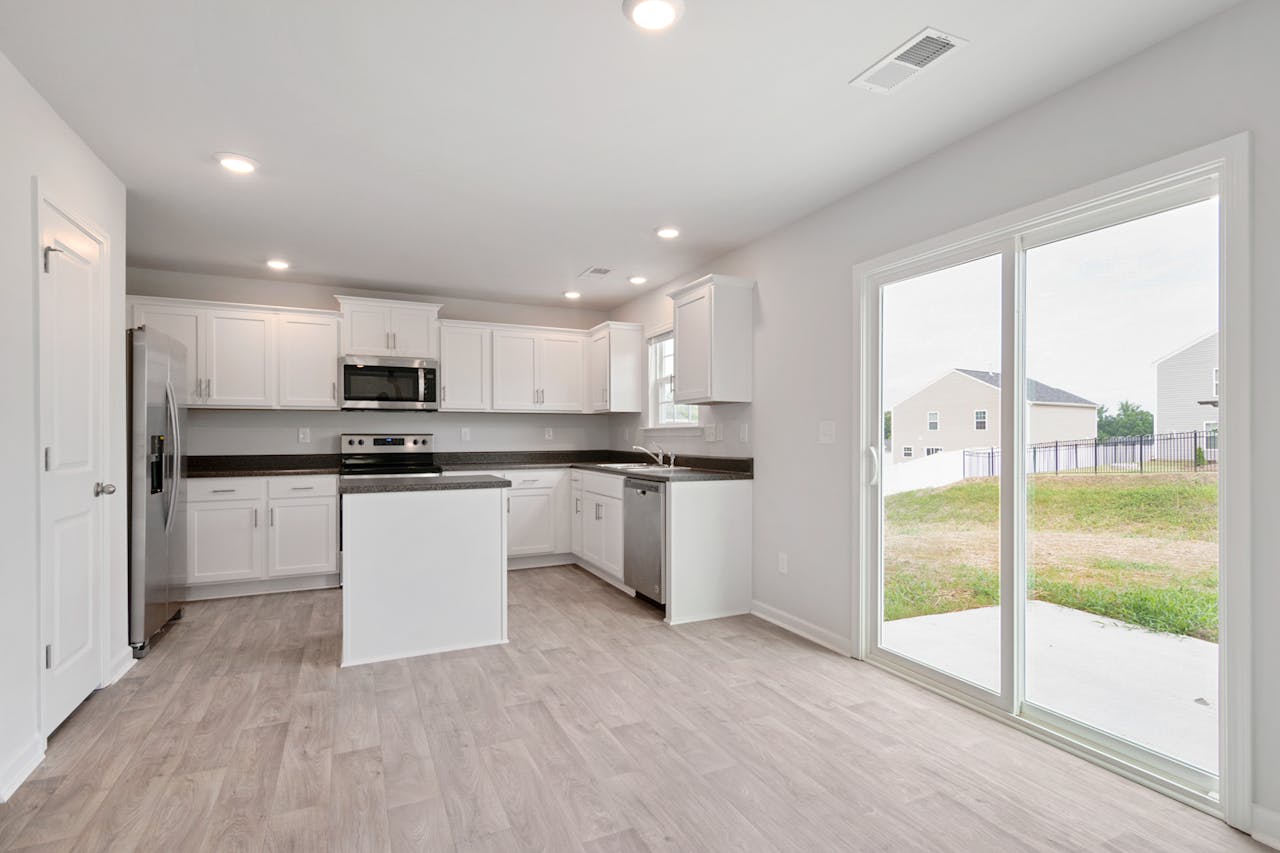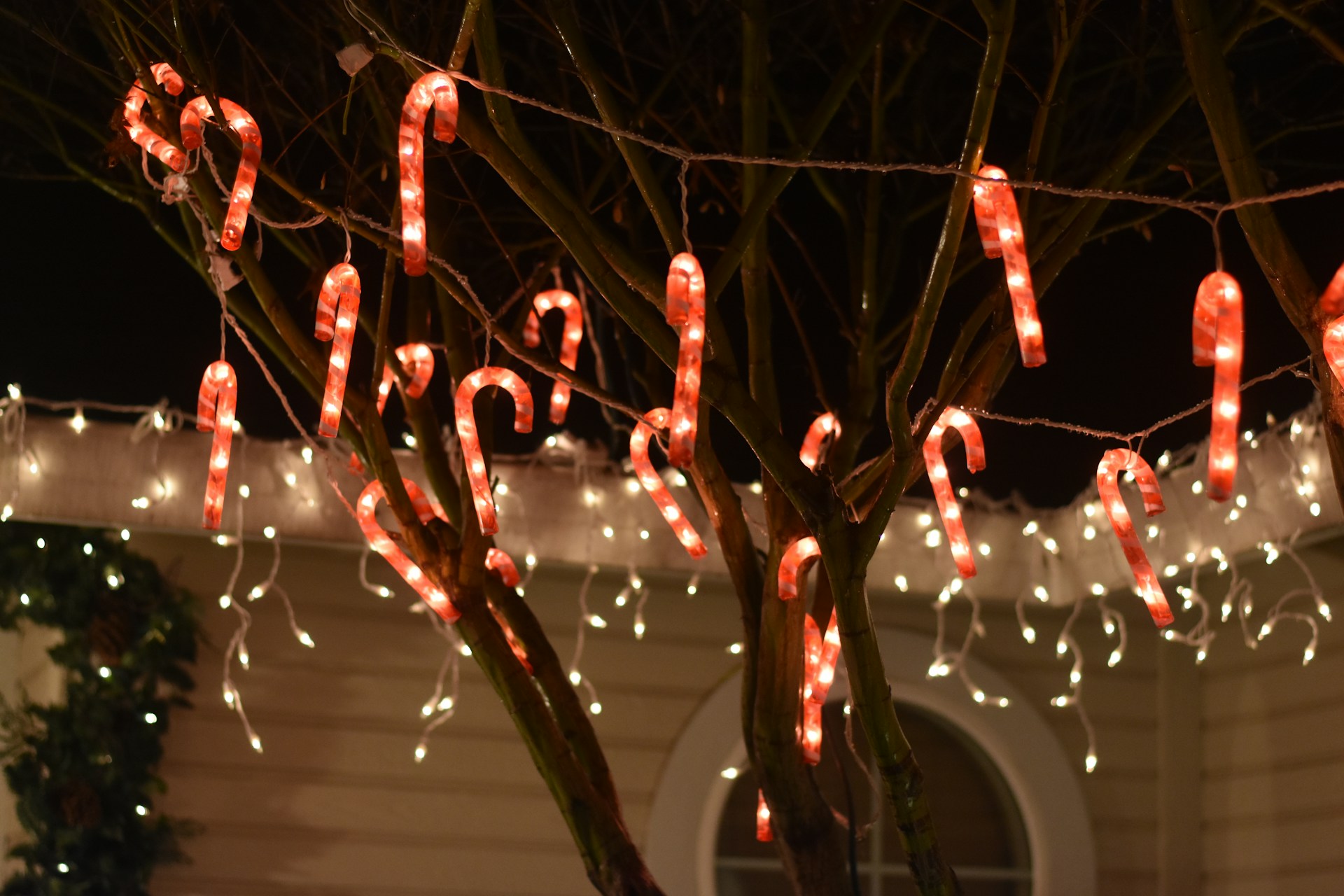
Keeping your home safe starts with the basics. You do not need expensive tools or complex systems to protect your space. Small steps, done regularly, can help lower the chance of a break-in. Here are eight easy home security tips you can start using right now.
These suggestions are simple, practical, and do not require special training. Whether you rent or own your home, you can take action today using what you already have.
Lock All Doors and Windows
Many people forget that break-ins often happen through unlocked doors and windows. This step may seem small, but it is one of the most important parts of home security. Even if you are just going for a walk or running a quick errand, locking up matters. Most burglars look for easy access, and an unlocked door makes their job easier.
Make a habit of checking all entry points before you go to bed or leave the house. This includes back doors, basement doors, and even upstairs windows if they are easy to reach. It takes only a few seconds to check, and it can make a big difference in keeping your home secure.
If your windows do not have working locks, consider adding new ones or using window stoppers. A basic lock that keeps the window shut tightly can help prevent someone from sliding it open from outside.
Use Deadbolts for Stronger Door Security
Deadbolts give your doors extra strength and help protect against forced entry. While regular locks can be picked or broken easily, a solid deadbolt holds the door more firmly in place. Deadbolts have a thicker bolt that slides deeper into the doorframe, making it harder to push open.
When choosing a deadbolt, go for one that fully extends into the strike plate. It should fit tightly and feel sturdy when you lock it. To make the deadbolt even stronger, use long screws that reach into the wall studs behind the doorframe. This simple step adds extra support that helps the door resist force.
Make sure all main entry doors have deadbolts, including the one leading in from the garage. Over time, check that the locks still line up correctly and turn smoothly without getting stuck.
Set Up Security Cameras
Cameras help you see what is going on around your home, whether you are inside or away. Having a camera near your front door can let you know who is at the door before you open it. Many people also use them to watch garages, driveways, and backyards.
Some cameras let you view the footage live through your phone or record it to watch later. Even basic models can help by sending motion alerts or recording when someone walks by. Place cameras near common entry points, including back doors and side gates.
Indoor cameras can also help you monitor the main hallway or areas with valuables. Make sure your cameras are positioned well and not blocked by trees, lights, or furniture.
Light Up the Outside of Your Home
Dark areas around your home can give someone a place to hide. Motion-sensing lights can surprise intruders and help neighbors or people walking by notice movement. When the lights turn on suddenly, most people will leave rather than risk being seen.
Place lights near doors, windows, garages, and any side paths. You can also install one above your front porch or back deck. These lights do not need to stay on all night. A motion light only turns on when it detects movement, which helps save energy.
Choose lights that cover wide areas and are not blocked by plants or tall objects. Regularly check if the bulbs are working and replace them as needed.

Secure Sliding Doors and Weak Windows
Sliding doors can be easier to open from the outside than people think. A simple way to fix this is by placing a wooden or metal rod in the track. This stops the door from sliding even if it is unlocked. Some people also use extra locks at the top or bottom of the frame.
Old windows may have loose frames or locks that do not hold well. Adding window locks or safety film can help make the glass harder to break or open. Walk through your home and check which windows might be easier to open from outside.
It only takes one weak spot for someone to try entering. These small changes can help stop them before they even begin.
Avoid Sharing When You Are Away
Posting about your trip while you are still away can let others know your home is empty. Even if your account is private, people can still share or screenshot your posts. It is safer to wait until you are back home before sharing your pictures.
Before leaving, ask someone you trust to collect your mail, move your trash bins, or park in your driveway. These small signs make your home look like someone is still there. If the home looks empty, it might attract unwanted attention.
You can also use smart lights or timers to turn your lights on and off at certain hours. This gives the appearance that someone is home even when you are not.
Build a Routine to Check Security
A quick check each night or before heading out can help you catch problems early. Make a short checklist that includes locking doors, checking windows, turning on lights, and setting cameras. You can write it down or save it on your phone as a reminder.
The goal is to make these steps part of your regular routine. When you check your locks and lights every day, you are more likely to notice if something is off. It does not take much time and helps you stay in control.
Over time, it will feel like a habit rather than a chore. You will be more confident that your home is safe and ready.
Talk to Your Neighbors
Getting to know the people who live near you is helpful for many reasons. A neighbor who knows your schedule may notice if something unusual happens. You can also ask them to look out for packages or let you know if someone has been hanging around.
Friendly conversations can go a long way. You do not need to be close friends, but checking in once in a while keeps everyone informed. Some neighborhoods even set up group chats to share safety tips or updates.
A strong neighborhood connection helps everyone feel safer. When people look out for each other, the whole area benefits.
Start Your Quote Today
Our licensed specialist will search for the best insurance quotes and will email you when ready.



